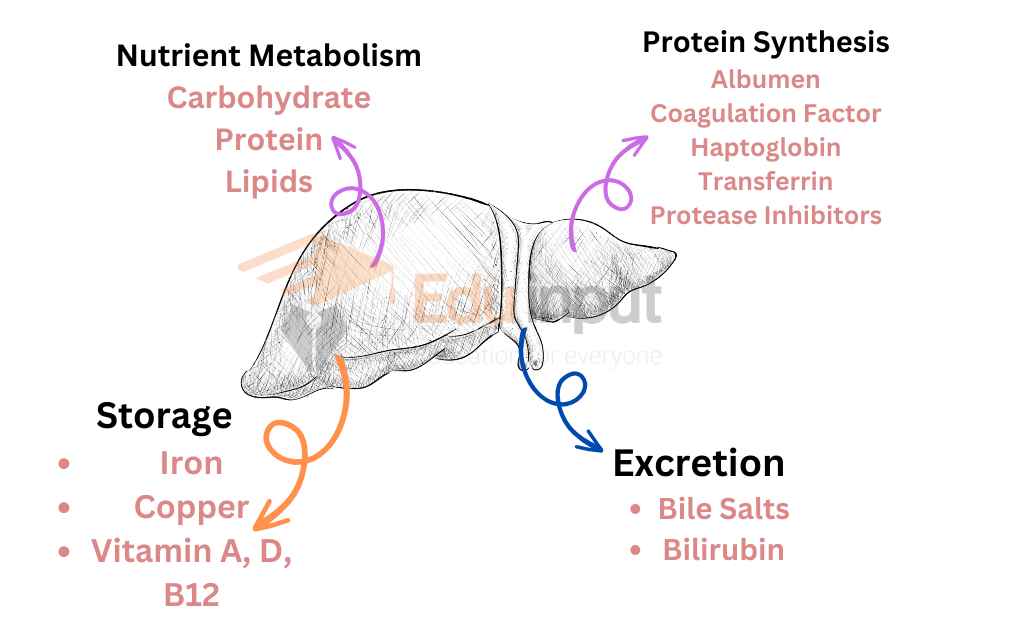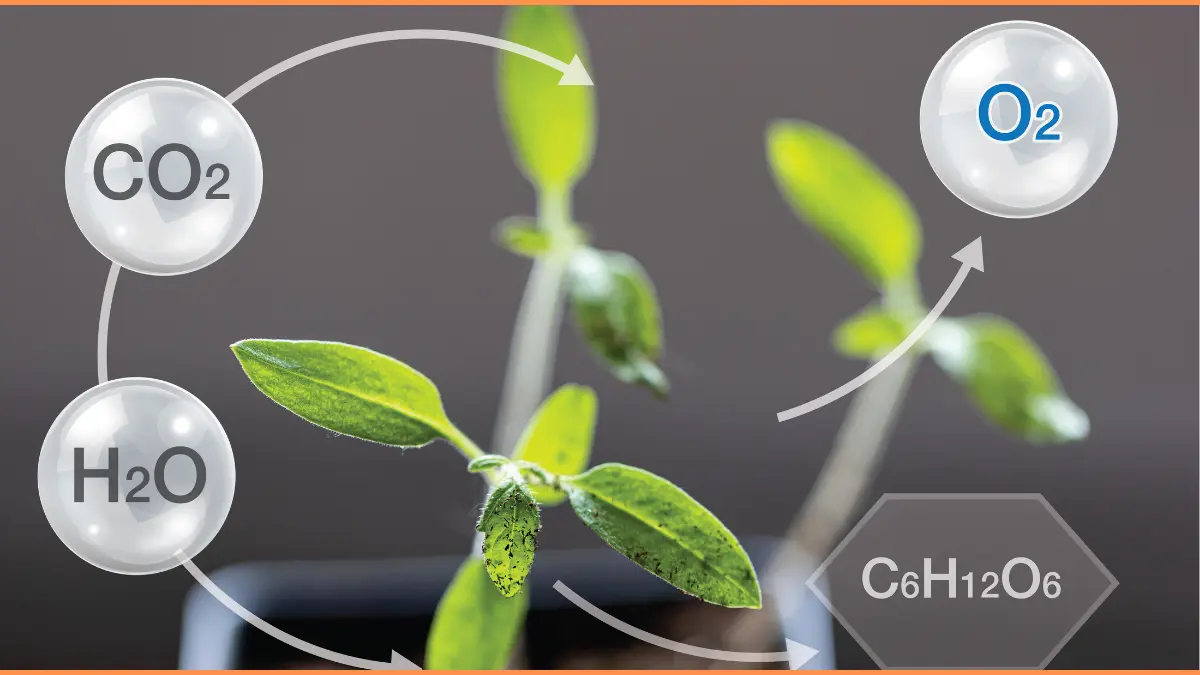Gastrointestinal Motility and Its Control
Gastrointestinal motility refers to the movement of food through the digestive tract. This movement is essential for digestion and absorption of nutrients. The stomach empties into the small intestine, where the chyme (digested food) travels through the intestinal wall and enters the large intestine. In the colon, water and other waste materials pass out of the body.
Gastrointestinal Tract
Most mammals have the same structure as the gastrointestinal tract. It has the following parts:
1. Serosa: It is the outermost layer. It is a thin layer of connective tissue. The serosa forms a moist epithelial sheet called the peritoneum. This peritoneum lines the entire abdominal cavity and covers all internal organs.
2. Muscular layers: Longitudinal smooth muscle layer and circular smooth muscle layer.
3. Submucosa: Submucosa is present under the muscle layer. The Submucosa contains connective tissue, blood, and lymphatic vessels. The mucosa faces the central opening, called the lumen.
Factors Causing Mobility
The muscle layers of the gastrointestinal tract contract it mixes the food material with various secretions. It also moves the food from the oral cavity to the rectum Food is moved by peristalsis and segmentation
1. Peristalsis: The rings of circular smooth muscle constrict behind food and relax in front of it during peristalsis. It advances the food through the gastrointestinal tract when Segmentation: The small and large intestines also have rings of smooth muscles.
They repeatedly contract and relax. They create an oscillating, back and forth movement in the same place It is called segmentation. This movement mixes the food with digestive secretions It increases the efficiency of absorption.
2. Sphincters: Sphincters are rings of smooth or skeletal muscle at the beginning or ends of specific regions of the gut tract. Sphincters influence the flow of material through the gastrointestinal tract. They prevent the backflow. The cardiac sphincter is present between the esophagus and stomach. The pyloric sphincter is present between the stomach and small intestine
Control Of Mobility
Gastrointestinal motility is controlled by the enteric nervous system (ENS), which consists of two parts: the myenteric plexus and the submucosal plexus. These two plexuses are located within the walls of the gastrointestinal tract and control the smooth muscles of the gut.
The volume and composition of food in the lumen of the gut control the activity of the gastrointestinal tract. For example, the ingested food distends the gut The digestion of carbohydrates, lipids, and proteins stimulate the various chemical receptors in the gut wall. Signals from these mechanical and chemical stimuli travel through nerve plexuses in the gut wall. It controls muscular contraction.
This contraction causes peristalsis and segmentation. It also controls the secretions. Master Success series Zoology C2. The long-distance nerve pathways connect the receptors and effectors with the central nervous system. These pathways maintain homeostasis in the gut.3. The endocrine of the gastrointestinal tract also produces hormones. These hormones regulate secretion, digestion, and absorption.

 written by
written by 





Leave a Reply